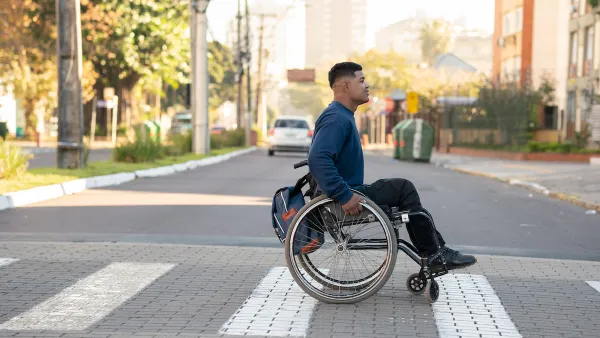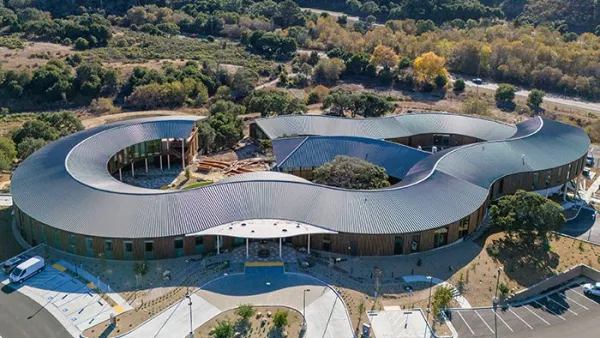“I have always thought that design can be a form of social activism,” says Don Meeker, environmental graphic designer and co-creator of “Clearview” typeface. This small but radical quotation was buried in an article from the 8.12.07 NY Times Sunday magazine (http://www.nytimes.com/2007/08/12/magazine/12fonts-t.html) on the redesign of highway sign typeface. Meeker, James Montalbano, and a team of collaborators understood that it was the design of highway signage that was contributing to highway fatalities. They applied an understanding of human psychology and function to the solution of a “civic issue.” Radical idea. It’s called Universal Design. Or social activism.
"I have always thought that design can be a form of social activism," says Don Meeker, environmental graphic designer and co-creator of "Clearview" typeface. This small but radical quotation was buried in an article from the 8.12.07 NY Times Sunday magazine (http://www.nytimes.com/2007/08/12/magazine/12fonts-t.html) on the redesign of highway sign typeface. Meeker, James Montalbano, and a team of collaborators understood that it was the design of highway signage that was contributing to highway fatalities. They applied an understanding of human psychology and function to the solution of a "civic issue."
Radical idea. It's called Universal Design. Or social activism.
For at least 40 years, design has been cowering in the wings, marginalized as an effete activity engaged in, or encountered by, a shrinking number of professionals and elites. Design has also assumed the "role of a proper noun," according to the editors of Good magazine (www.goodmagazine.com) in their first anniversary issue devoted to design. It is something to be purchased and collected. They suggest that "the word is much more exciting as a verb, the act of tackling real problems and finding elegant solutions."
This prosaic definition of design as problem solving may be true enough - we have a lot of problems to be solved – but the potential is far more interesting. Designers take a concept – often something that has never before been imagined - and turn it into something tangible, understandable and usable.
An exhibition currently at the Cooper-Hewitt, National Design Museum called Design for the other 90% (http://other90.cooperhewitt.org/) displays a wide range of ideas from designers all over the world. They are low-cost solutions for access to life necessities that only 10% of the world's population can take for granted: food and water, energy, health, education, trading, and mobility. Often co-created with the end user, these designs anticipate a socially, economically, and environmentally sustainable future.
If we design a world where environments, communication systems, and objects are usable by old and young alike, by people with visible and invisible disabilities, by people who speak myriad languages, by rich and poor, isn't that the embodiment of an inclusive, open, and democratic society?

Analysis: Cybertruck Fatality Rate Far Exceeds That of Ford Pinto
The Tesla Cybertruck was recalled seven times last year.

National Parks Layoffs Will Cause Communities to Lose Billions
Thousands of essential park workers were laid off this week, just before the busy spring break season.

Retro-silient?: America’s First “Eco-burb,” The Woodlands Turns 50
A master-planned community north of Houston offers lessons on green infrastructure and resilient design, but falls short of its founder’s lofty affordability and walkability goals.

Test News Post 1
This is a summary

Analysis: Cybertruck Fatality Rate Far Exceeds That of Ford Pinto
The Tesla Cybertruck was recalled seven times last year.

Test News Headline 46
Test for the image on the front page.
Urban Design for Planners 1: Software Tools
This six-course series explores essential urban design concepts using open source software and equips planners with the tools they need to participate fully in the urban design process.
Planning for Universal Design
Learn the tools for implementing Universal Design in planning regulations.
EMC Planning Group, Inc.
Planetizen
Planetizen
Mpact (formerly Rail~Volution)
Great Falls Development Authority, Inc.
HUDs Office of Policy Development and Research
NYU Wagner Graduate School of Public Service





























